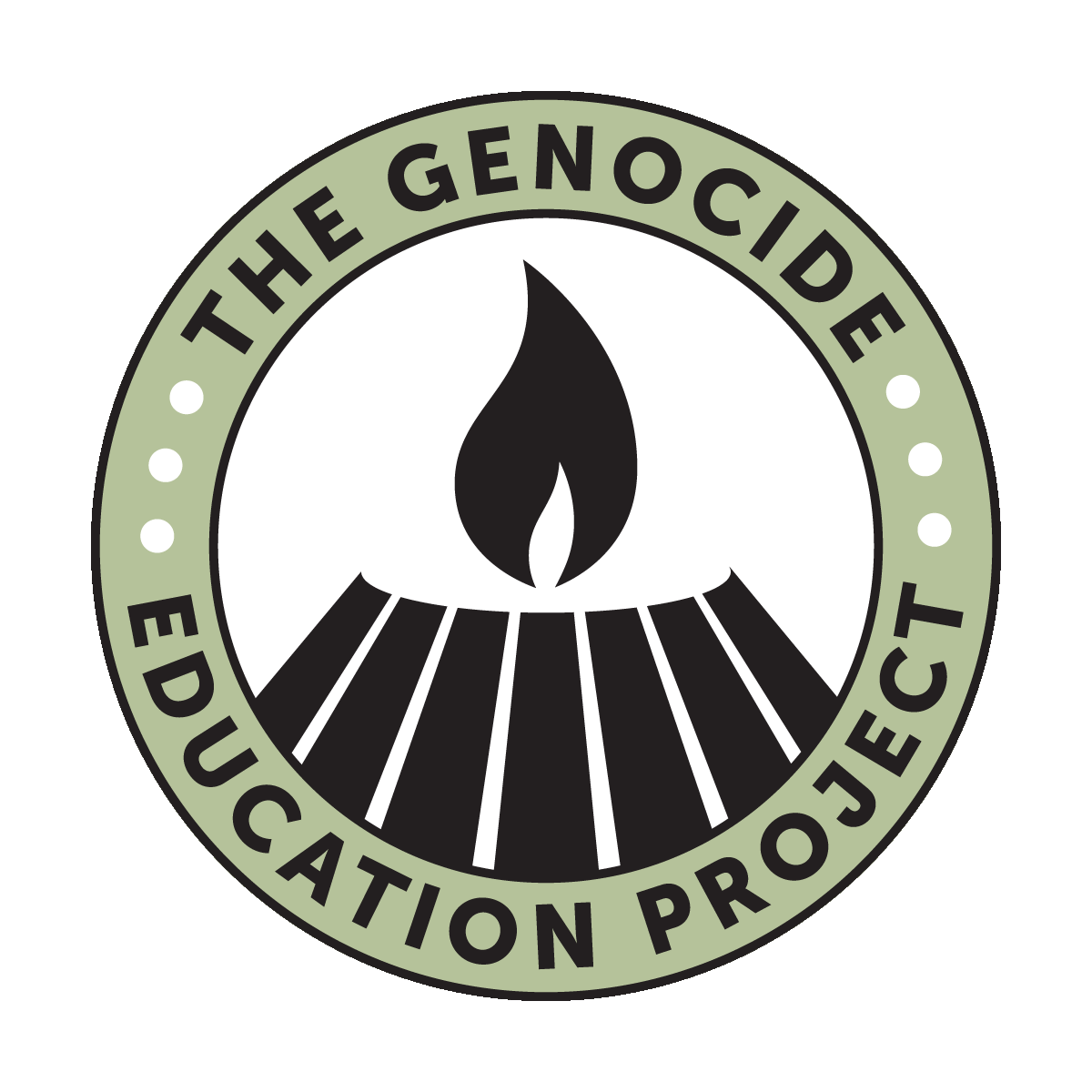30.04.2007
The Associated Press
Published: April 30, 2007
UNITED NATIONS: An exhibit on the 1994 Rwanda genocide opened Monday at U.N. headquarters after organizers recast a section on the killings of a million Armenians in Turkey during World War I � a reference that angered the Turks.
The exhibit, originally set to open April 9, was postponed after a Turkish diplomat complained about the mention of the Armenian murders. The section now uses the term "mass killings" instead of "murders," does not include the number of people killed, and replaces "Turkey" with "Ottoman Empire."
Armenia's U.N. Ambassador Armen Martirosyan said the reference still reflects the truth, "to some extent. This is a Turkish version of history which is not acceptable for us, but to avoid further postponement of the exhibition, we compromised."
Numerous calls placed Monday to Turkey's U.N. Mission seeking comment on the changes were not immediately returned.
Historians estimate up to 1.5 million Armenians were killed by Ottoman Turks around the time of World War I, an event widely viewed by genocide scholars as the first genocide of the 20th century. Turkey, however, denies the deaths constituted genocide, saying the toll has been inflated and that those killed were victims of civil war and unrest.
Opening the exhibit, U.N. Secretary-General Ban Ki-moon said it was intended to focus on Rwanda and was not a judgment of other incidents.
"This exhibition is about lessons learned from the Rwandan genocide, and does not attempt to make historical judgments on other issues. The United Nations has taken no position on events that took place before the World War that led to the birth of the organization," said Ban.
David Brown, spokesman for the British-based Aegis Trust, which works to prevent genocide and helped organize the exhibit, said his organization still "feels the reference is quite strong."
"The magnitude of the event is still clear in the new wording," said Brown. "We're quite pleased with the outcome."
In a statement, Aegis Trust Chief Executive James Smith said the debate over the representation of genocide around the world is an ongoing process.
"The book isn't closed with one exhibition, but we believe the debates about this exhibition have been helpful in advancing understanding of the issues, and that in itself is a contribution to the cause and the learning process," he said.
The Aegis Trust statement said the exhibit was delayed "after controversy over the exhibition's reference to the Armenian genocide highlighted that the exhibition as a whole had not been subjected to sufficient review within the U.N., prior to approval."
The U.N. confirmed the Turkish complaint when the exhibit was postponed, and said the delay was mainly because the regular review process for exhibits, which takes all positions into account, was not followed.
U.N. associate spokesman Farhan Haq said Monday that the Turkish objection to the exhibit was not the only one, and other concerns had to be addressed before opening the exhibit. He declined to elaborate.
"The past three weeks have been spent making sure that all the text in the exhibit would be historically accurate," Haq said.
"Lessons from the Rwanda Genocide," sponsored by Rwanda's U.N. Mission, marks the 13th anniversary of the genocide. The exhibit highlights the role of governments in preventing genocide, provides information on warning signals, examines the genocide in Rwanda and emphasizes the plight of victims.
Rwanda's genocide began hours after a plane carrying the country's then-president was mysteriously shot down as it approached the capital, Kigali, on April 6, 1994. More than 500,000 minority Tutsis were killed by Hutu extremists in a 100-day period, which ended after rebels ousted the extremist Hutu government that orchestrated the killings.
Rwanda's U.N. Ambassador Joseph Nsengimana said at the exhibit opening that the international community must "act in a more serious and consistent manner to prevent genocide."
Ban said that since his visit to a genocide memorial site in Rwanda, he has spoken to many colleagues at the U.N. about the failure of the world to act at the time.
"Anybody who goes there cannot come out without crying, without being very humbled about what happened and what the international community failed to react quickly to," he said.
Ban also announced his intention to upgrade the level of the U.N. special adviser on the prevention of genocide, created in 2004, to a permanent position.





